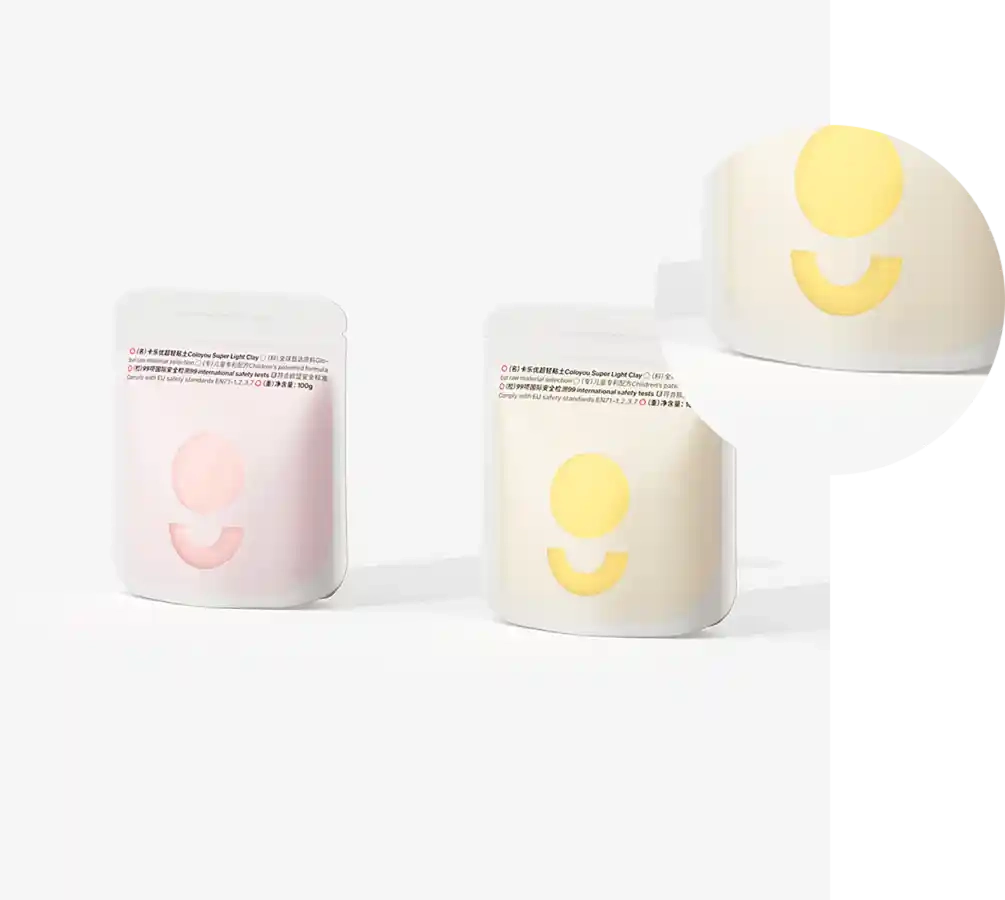- Afrikaans
- Albanian
- Amharic
- Arabic
- Armenian
- Azerbaijani
- Basque
- Belarusian
- Bengali
- Bosnian
- Bulgarian
- Catalan
- Cebuano
- chinese_simplified
- chinese_traditional
- Corsican
- Croatian
- Czech
- Danish
- Dutch
- English
- Esperanto
- Estonian
- Finnish
- French
- Frisian
- Galician
- Georgian
- German
- Greek
- Gujarati
- haitian_creole
- hausa
- hawaiian
- Hebrew
- Hindi
- Miao
- Hungarian
- Icelandic
- igbo
- Indonesian
- irish
- Italian
- Japanese
- Javanese
- Kannada
- kazakh
- Khmer
- Rwandese
- Korean
- Kurdish
- Kyrgyz
- Lao
- Latin
- Latvian
- Lithuanian
- Luxembourgish
- Macedonian
- Malgashi
- Malay
- Malayalam
- Maltese
- Maori
- Marathi
- Mongolian
- Myanmar
- Nepali
- Norwegian
- Norwegian
- Occitan
- Pashto
- Persian
- Polish
- Portuguese
- Punjabi
- Romanian
- Russian
- Samoan
- scottish-gaelic
- Serbian
- Sesotho
- Shona
- Sindhi
- Sinhala
- Slovak
- Slovenian
- Somali
- Spanish
- Sundanese
- Swahili
- Swedish
- Tagalog
- Tajik
- Tamil
- Tatar
- Telugu
- Thai
- Turkish
- Turkmen
- Ukrainian
- Urdu
- Uighur
- Uzbek
- Vietnamese
- Welsh
- Bantu
- Yiddish
- Yoruba
- Zulu
How long do moisture-absorbing packs remain effective for storage and preservation?
How Long Do Desiccant Packs Last? Understanding Their Lifespan and Usage
Desiccant packs, commonly found in various products ranging from medicine to electronics, serve a crucial function they absorb moisture from the environment, thereby preventing damage due to humidity. These small packets, often filled with silica gel, clay, or other drying agents, can be vital in maintaining the integrity of items sensitive to moisture. However, a question that frequently arises is, “How long do desiccant packs last?” This article aims to delve into the factors that influence their lifespan and offer guidance on maximum effectiveness.
Composition and Mechanism
Desiccant packs typically contain materials that have a high affinity for water, such as silica gel, activated clay, molecular sieves, or even a newer material called zeolite. Silica gel, for example, can absorb approximately 40% of its weight in moisture. This property makes it invaluable in packaging for products like shoes, electronics, and food. The effectiveness of these desiccants largely depends on their intrinsic properties and the conditions under which they are used.
Lifespan and Conditions
The lifespan of desiccant packs can vary significantly based on several factors, including the type of desiccant, the environmental humidity, temperature, and the packaging itself. Generally, desiccant packs are designed to absorb moisture until they reach saturation. Once saturated, their capacity to absorb additional moisture diminishes, rendering them less effective.
- Environmental Humidity In areas with high humidity levels, desiccant packs will reach their saturation point faster. For instance, in a hot, humid climate, silica gel packets may only last a few weeks, while in a dry environment, they can remain effective for months or even longer.
- Temperature Higher temperatures can increase the rate of desiccant absorption due to increased evaporation and moisture in the air
. Conversely, colder temperatures can slow down the absorption process.how long do desiccant packs last

- Seal Integrity The effectiveness of desiccant packs is also influenced by how well they are sealed within their packaging. If the pack remains sealed and away from moisture, it can last longer. Once opened, however, the clock starts ticking, and exposure to humidity begins to degrade its performance.
Reusability and Recharge
Some desiccant packs are designed to be reusable. For instance, silica gel can be dried out by heating it in an oven, which allows it to regain its moisture-absorbing capabilities. This process can extend the life of the desiccant pack significantly. Typically, silica gel packs will change color when they need to be recharged, making it easier for users to determine when action is needed.
Signs of Saturation
Identifying when a desiccant pack has reached its saturation point is crucial. Many silica gel packets come with indicators that change color upon saturation, but if not, users should observe the environment. If you notice increased humidity within the package or signs of moisture damage, it may be time to replace or recharge the desiccant pack.
Conclusion
In summary, the lifespan of desiccant packs can fluctuate widely based on environmental factors, type of desiccant, and conditions of use. While some packs may last only weeks under high humidity, others can be effective for months in drier environments. To maximize their lifespan, store desiccants in sealed packages and recharge reusable types when necessary. Understanding these factors will help you make the best use of desiccant packets, thus ensuring that your items remain safe and moisture-free. When in doubt, replacing outdated or saturated desiccants is always the best course of action to ensure optimal protection against humidity.













